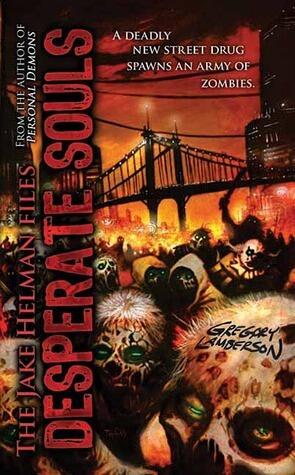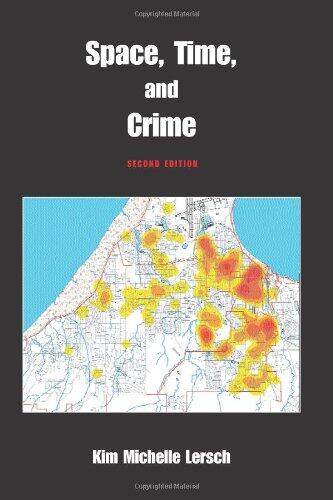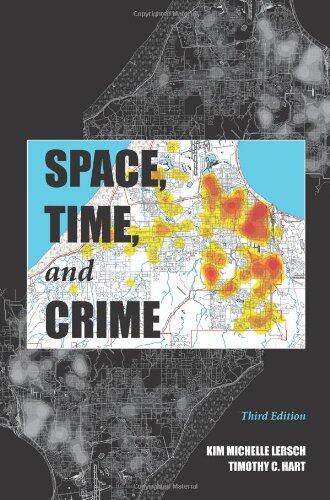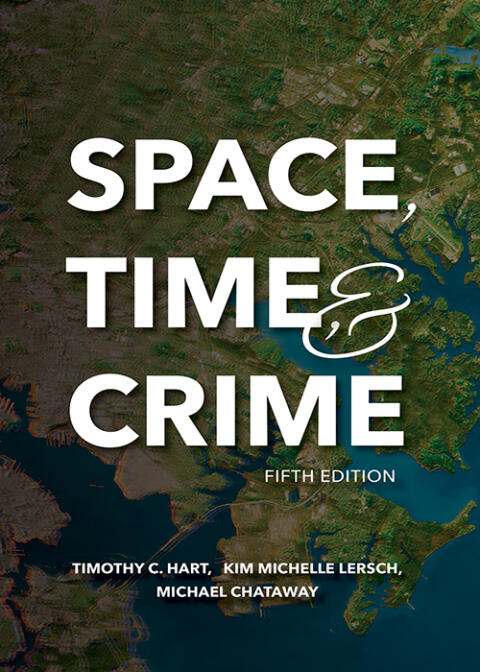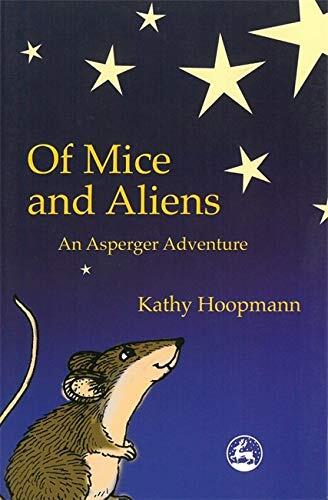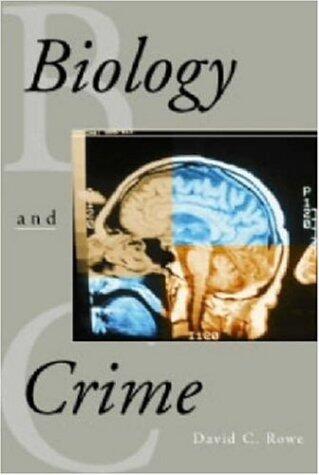
Biology and Crime
还没有评分
Mystery
Science & Technology
Philosophy
格式
平装书
页数
200
语言
英语
已发布
Jan 1, 2001
出版商
Roxbury Pub Co
版本
2nd ed.
ISBN-10
1891487809
ISBN-13
9781891487804
描述
David C. Rowe's work delves into the intriguing intersection of biology and criminal behavior, offering a comprehensive analysis that bridges scientific inquiry with the complexities of crime. The author meticulously examines how biological factors can influence an individual's propensity for criminal activity, drawing on a wealth of research and case studies to illustrate his points. With insights backed by evidence, Rowe invites readers to consider the biological underpinnings that may contribute to deviant behavior.
Through thoughtful exploration, Rowe connects various elements of biology—including genetics, neurobiology, and environmental influences—to patterns of crime, encouraging a more nuanced understanding of what drives individuals to commit offenses. The inclusion of bibliographical references and indexes enhances the work's academic rigor, making it a valuable resource for scholars, students, and anyone interested in the scientific dimensions of criminal behavior.
The foreword by David P. Farrington adds another layer of credibility, highlighting the importance of interdisciplinary approaches in the study of crime. By intertwining biological perspectives with sociological context, this work pushes the boundaries of traditional criminology, prompting readers to rethink their assumptions about the causes and consequences of crime in society.
Through thoughtful exploration, Rowe connects various elements of biology—including genetics, neurobiology, and environmental influences—to patterns of crime, encouraging a more nuanced understanding of what drives individuals to commit offenses. The inclusion of bibliographical references and indexes enhances the work's academic rigor, making it a valuable resource for scholars, students, and anyone interested in the scientific dimensions of criminal behavior.
The foreword by David P. Farrington adds another layer of credibility, highlighting the importance of interdisciplinary approaches in the study of crime. By intertwining biological perspectives with sociological context, this work pushes the boundaries of traditional criminology, prompting readers to rethink their assumptions about the causes and consequences of crime in society.


